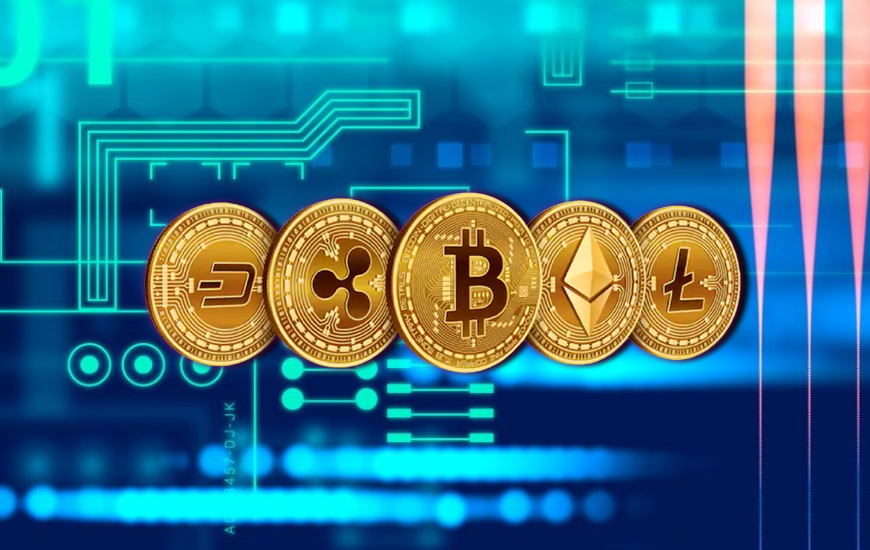- Every level of society shares a dislike for remittance fees. In the run-up to El Salvador’s Bitcoin adoption day, President Nayib Bukele made a jab at Western Union and other middlemen
- According to Sherlock Communications’ Blockchain LatAm Report 2021, One in every five Latin Americans mentioned remittances to and from relatives and friends abroad as a reason to invest in digital money systems
- Ripple, in addition to these two alternatives, has indicated an interest in entering the Latin American market
Every level of society shares a dislike for remittance fees. In the run-up to El Salvador’s Bitcoin adoption day, President Nayib Bukele made a jab at Western Union and other middlemen. In 2019, the Central American country’s GDP was $26.9 billion, with remittances of about $6 billion. According to Bukele, about $400 million in remittance fees was flowing to other sources.
With over one million users of the Chivo wallet and 205 Bitcoin ATMs around the nation, the creation of a new remittance corridor might pose a threat to conventional middlemen and payment behemoths. Crypto remittance corridors have piqued the curiosity of people all across the world who need to send money home quickly and at a low or no cost.
According to Sherlock Communications’ Blockchain LatAm Report 2021, One in every five Latin Americans mentioned remittances to and from relatives and friends abroad as a reason to invest in digital money systems. Venezuelan exiles, according to the same study, have also utilized crypto assets to avoid costs. In addition to this use case, international businesses have begun to use the Lightning Network in El Salvador.
Some analysts even anticipate that circumventing payment behemoths like Visa and MasterCard would result in more profits and lower pricing. Outside of Latin America, Ripple has been attempting to establish a crypto remittance corridor between Japan and the Philippines utilizing its on-demand liquidity (ODL) service.
The issue is, which crypto remittance provider will have the greatest clout in Latin America?
The Lightning Network’s adoption is increasing every day. There were 26,861 nodes at the time of publication, with a median base fee of one satoshi. Flex, a digital payment network, has extended support for Bitcoin users as well as those who use Lightning-based wallets such as Strike and Chivo. However, the alternative currency Dash has a sizable following in Latin America. There are over 11,000 Dash Pay ATMs in Mexico, according to a study by Sherlock Communications. Several high-profile companies in Venezuela have also embraced Dash.
Ripple, in addition to these two alternatives, has indicated an interest in entering the Latin American market. Sendi Young, the Managing Director of RippleNet Europe, stated in a statement, Through Paydek, Ripple is bolstering its footprint in Africa and Latin America, where quicker payments are critical to people’s lives, to promote innovation in digital remittances. As bitcoin gains traction in Latin America, additional remittance routes appear to be opening up, bringing with them a variety of use cases.

Andrew is a blockchain developer who developed his interest in cryptocurrencies while pursuing his post-graduation major in blockchain development. He is a keen observer of details and shares his passion for writing, along with coding. His backend knowledge about blockchain helps him give a unique perspective to his writing skills, and a reliable craft at explaining the concepts such as blockchain programming, languages and token minting. He also frequently shares technical details and performance indicators of ICOs and IDOs.


 Home
Home News
News










